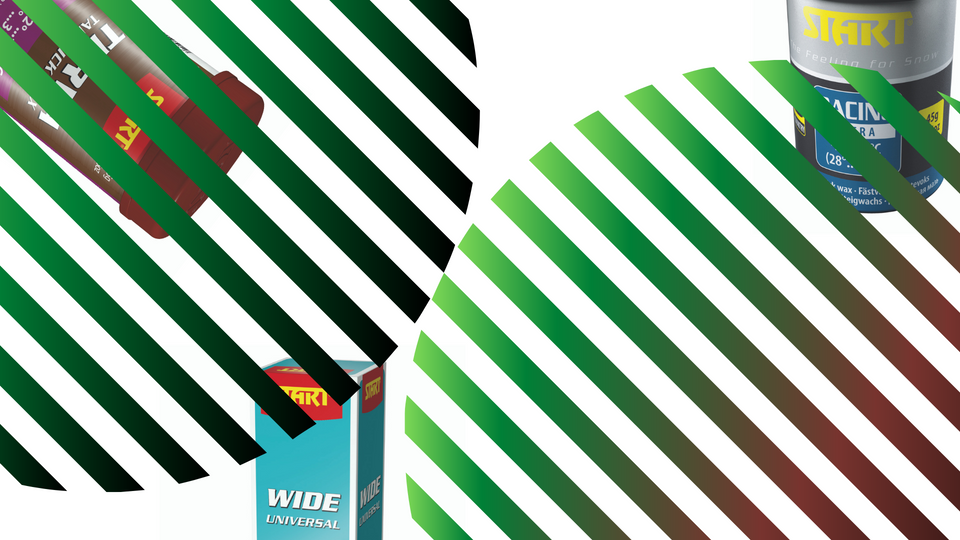Posted by Jacob Huseby on Jan 21st 2021
Pine Tar Ski Wax | Everything You Need to Know
“If Sauna, Vodka and Tar won’t help, the disease is fatal”
- Finnish Proverb.
The use of Pine Tar in our ski waxes is one of the things that makes Start Wax unique. It has been used through history as a waterproofing solution and is now used extensively in our kick waxes. Here is a brief look at the significance of pine tar, as well as its use in skiing.
Pine Tar is a thermoplastic that is created through the dry distillation of pine trees. Dry distillation is the process of rapidly breaking down the wood by heating it in a pressurized container. What results is a mix of pine tar, charcoal, and turpentine. A thermoplastic is a high molecular weight plastic that changes pliability when it is heated or cooled. In the case of our pine tar wax, it hardens when it gets cold, and resembles a hard shell. This is useful in fresh snow conditions as the hardened shell from the outer layer of kick wax can prevent ice from sticking.
Pine Tar has a history of use as a wood treatment on ships, and as a solution for wood skis. In Scandinavia, pine tar was used to protect and waterproof their wooden ships. The tar would soak deep into the pores of the wood and create a protective layer against the water. The hydrophobic properties of tar make a great solution for maintaining wooden skis as well. Wood skis use brushed on pine tar, and then are covered with a hard kicking wax as their glide wax.
On modern skis, pine tar is used as an additive in kick waxes. Due to its thermoplastic properties, several layers of the wax can be applied and have each layer act differently. In fresh snow conditions you can apply several layers of terva hard wax and have great kick and glide. The outermost layer gets cold and hard while the inner layers stay soft. When you kick, you are grabbing on the soft layers of wax, and when you glide you are on the hard layers. This property also allows our universal klisters and olso kick waxes to be more versatile as they adapt to the conditions you are skiing in and prevent icing.
Finland is pretty cool, and they love pine tar. Start ski wax is from Finland, which could help explain why the ingredient is common in the kick wax. Finland has over 180,000 lakes (so it is 18x better than Minnesota). They love alcohol, pine tar and saunas so much that they have more saunas than personal cars. The Finns have tar flavored beer, ice cream, licorice, liquor, lemonade, and chewing gum. Their love of pine tar may come from the fact that Finland is the most densely wooded country in Europe with over 71% of their total land area covered in forest.
The secret is in the smell. If you have not smelled pine tar before, I would recommend you get your hands on some. The smell could be described as rich, smokey, woodsy. Some think it smells like a campfire, others think it smells of cured meat. I have found the smell can be polarizing. Some people (me) love it, others not so much.
How to tell if your kick wax contains pine tar: This is easy. Most brands do not make kick waxes out of pine tar. Most Start kick waxes contain some quantity of pine tar in them including our lauded oslo kick waxes and universal klisters. The best way to tell is to give it a smell.
Further reading:
“Pine Tar; History and Uses” https://maritime.org/conf/conf-kaye-tar.htm#:~:text=Wood%20tar%20has%20been%20used,and%20cities%20for%20further%20distribution.
Encyclopedia Britannica on Tar Page 414: https://archive.org/details/encyclopaediabri26chisrich/page/414/mode/2up?q=tar
Pine Tar Skin Care: https://www.ncbi.nlm.nih.gov/pmc/articles/PMC5434829/

